The Dwight Stuff: Black astronaut Ed Dwight on 'The Space Race,' and missed opportunity
Ed Dwight is featured in NatGeo's "The Space Race," a NatGeo film now streaming on Hulu and Disney+. This story first appeared in a USA TODAY special section, on newsstands now.
Ed Dwight should have been the first.
The test pilot was in training in the 1960s, on track to become NASA’s first Black astronaut, when systemic racism shut him out.
Dwight seemed like the prototype for an astronaut. From the time he was 2, airplanes had captivated him. The Dwights lived on the edge of Kansas City, Kansas, within walking distance of a small airport that hunters used to fly to Colorado and Wyoming.
“Every day I’d go around, and I was just hanging out,” he says from his home in Denver. “I was a little bitty kid, and I became their mascot, the Black kid running around. They were obviously worried about me running into a propeller or something. I kept hanging around so long that they put me to work.”
“Mostly, I was cleaning out the beer bottles in the bottom of the airplane,” he says. “So, I thought it was a requirement: to actually fly, you had to drink beer.”
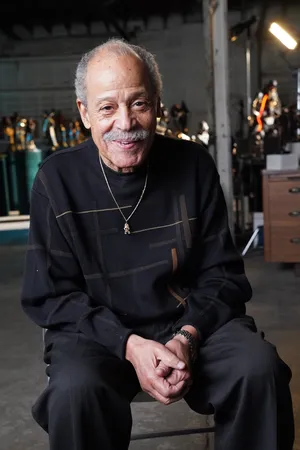
Dwight laughs and adds that they paid him with pocket change. All the little boy cared about was being around the planes. That fascination only grew over the years.
'They were trying to recruit pilots everywhere'
When he was 8 years old, the U.S. entered World War II, and Dwight started reading books about airplanes.
“They were trying to recruit pilots everywhere,” Dwight says. “They had these air force training manuals, the same manuals they used for training Army Air Corps pilots, that they put in the libraries across the country, so the kids would have access to them. I checked them out when I was 8 and I kept them on checkout till I was 18. I read them every day, and that’s how I got all the background I needed for flying.”
Fourteen years before he nearly integrated the astronaut corps, Dwight and his sister integrated a local Catholic high school. That, too, was not without battles.
“My mom looked like she was white,” Dwight says. But when school administrators realized the siblings were Black, they withdrew their acceptance. His mom appealed to the church and went up levels until she wrote to the pope.
“The Vatican ordered Bishop Ward High School to integrate,” Dwight says. “We were the two little Black kids that walked into Bishop Ward High School, and the enrollment dropped by 300 when we walked in the door.”
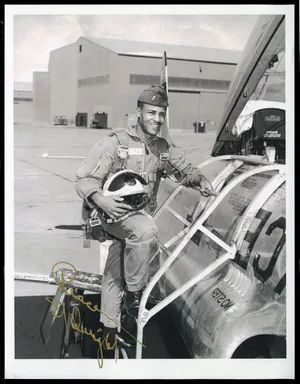
Dwight earned an engineering degree and enlisted in the Air Force after graduation. While training to become a test pilot, he earned a degree in aeronautical engineering. During his Air Force service, he reached the rank of captain.
When the government came looking for a Black man who had the right stuff, Dwight was a natural.
While campaigning, John F. Kennedy knew he needed the Black vote to win the presidency. Meeting with Black leaders, he was told to find a Black astronaut.
Yet, Dwight says, Kennedy “was between a rock and a hard place.”
“He was scared to death of Dr. King and the movement, because he thought that if he got ever hooked up with Dr. King and his people that he would never bepresident,” Dwight says. “He could not let the white American public know he was going to let Black people do all these wonderful things.”
Yet Dwight was already doing wonderful things. It seemed as if those years of reading air force manuals, earning degrees, and training as a test pilot were about to pay off. Yet Chuck Yeager and other white men in power thwarted Dwight’s trajectory toward becoming the first Black NASA astronaut.
Dwight's chances of being first Black astronaut died with JFK
When JFK was killed, so were Dwight’s chances. A press conference shown in “The Space Race” has reporters expecting to meet a Black astronaut. Instead, it was more of the same — white guys.
No reason was given.
Dwight was issued different orders.
“President Johnson decided he wanted his own Black astronaut,” he says.
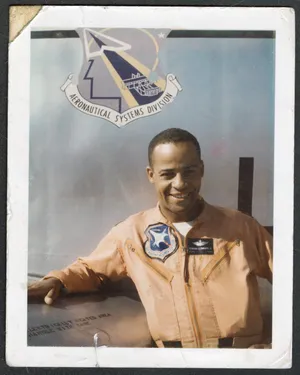
Dwight resigned from the Air Force in 1966 and went from success to success. He worked for IBM and had a barbecue restaurant. He turned to his other abiding interest, art. At 90, he continues to create. His sculptures honor Black lives, include those of MLK, Hank Aaron and Frederick Douglass, and grace public spaces around the country.
He continues to have a keen interest in the space program, particularly Black astronauts. And Dwight harbors no rancor.
“I basically served my purpose,” Dwight says. “I opened the conversation that had to be opened. Somebody had to do it. I got the lucky card being the guy that had the constitution to take all that crap that I took.”
Dwight didn't make history, but set an example: 'Black people really did do something'
While Dwight isn’t in the history books for breaking NASA’s racial barrier, those who came after him honor the trail he blazed. He considers how he wants to be remembered.
“I tried to make this place a better place,” Dwight says.
“I’m restricted to these black-white issues about Black history,” he says. “And because the path I’ve chosen is to put on the map that Black people really did do something, and that they were here and they’re not lesser human beings. They can be educated. They’re smart. They can do things that white people can do, and they can do it with panache, and they can do something besides play basketball and be a wide receiver in the NFL or sing their tails off making music.”
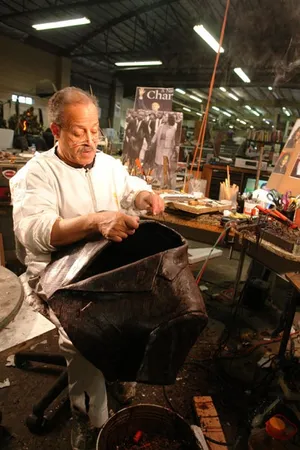
He draws on lessons his father imparted. “The white man likes to be entertained, and so he’ll allow the Black people to be rich, the Black athletes to be rich, the Black musicians to be rich — and he’ll allow for that, but that’s a special case,” Dwight says.
Racism was so entrenched that even Dwight did not know about the Black women, featured decades later in the book and film “Hidden Figures,” who were performing the advanced mathematical calculations for NASA that should have been propelling him into space.
Yet Dwight is encouraged by those who have come since, including astronaut Victor Glover, who will pilot the Artemis 2 mission to orbit the moon, tentatively scheduled for 2025.
“When I talked to Victor, I get really encouraged,” Dwight says. “He thinks like I do — that we’re trying to make this place a better place.”
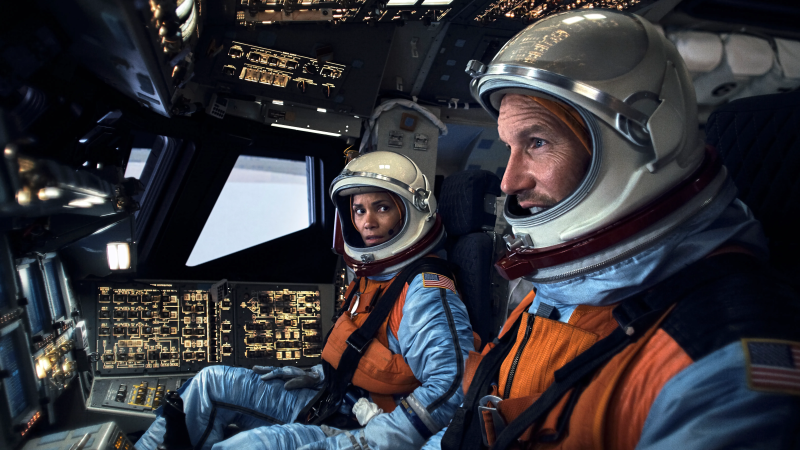
Disclaimer: The copyright of this article belongs to the original author. Reposting this article is solely for the purpose of information dissemination and does not constitute any investment advice. If there is any infringement, please contact us immediately. We will make corrections or deletions as necessary. Thank you.







